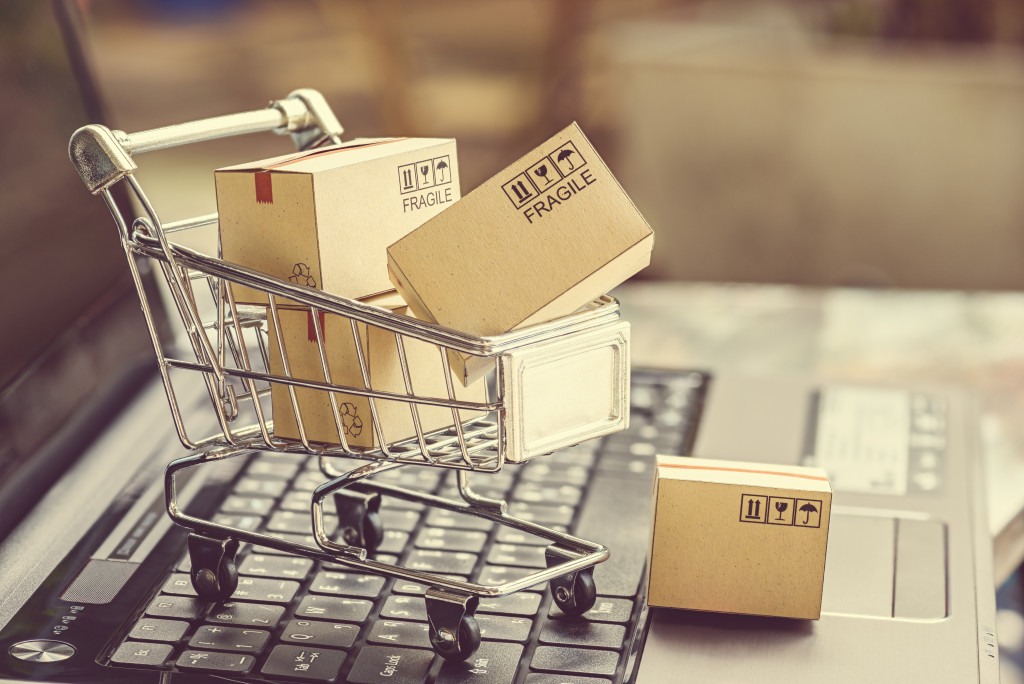In this world of finite resources and an ever-competitive business landscape, companies both big and small need to adapt and improve their business operations to utilize and output as much as they can with minimal amounts of waste generated. Not only for the sake of improving their sales performances but also to meet their corporate social responsibility to increase environmental awareness and achieve an acceptable standard of sustainability.
As a result, countless enterprises, from giants in their respective industries to local businesses, have taken active steps to achieve lean production and supply chain management for the past 50 years. However, with the current global context and the fear of an impending stock market crash, attaining a lean supply chain has become quite troublesome and even impossible for multiple SMEs. So, today we’ll be highlighting barriers to lean and green supply chain management to help your business act and pivot accordingly.
Why Bother To Create A Lean Supply Chain?
Of course, we understand why you might be skeptical about focusing your efforts on creating a lean supply chain. Not all businesses can afford to pivot during these trying times, and doing so might even reduce the necessary cash flow to stay afloat. However, we firmly believe that addressing this concern earlier rather than later will save you more in the long-term and improve your chances of withstanding economic instability. Therefore, after considering the opportunity costs, creating a lean supply chain must belong to your current priorities.
- Unnecessary Processing Steps, Unnecessary Costs: Whether we admit it or not, no processing and manufacturing process is perfect, but there are some that deal with largely uncertain task times that lead to unnecessary processing steps. Consequently, these unnecessary extra steps and time taken will result in unnecessary costs, resources that could’ve been used better in an optimized lean supply chain.
- Focus On Value-Adding Activities: With fewer resources wasted comes more resources to reallocate. And with the budget you save on eliminating unnecessary steps, you can focus on value-adding activities that will increase the competitiveness and desirability of your products and services. Therefore, successfully creating clean and lean supply chain management will net you a win-win scenario in both reducing costs and increasing sales.
What Prevents A Lean Supply Chain: Waste & Uncertainty
Likewise, with every solution comes potential problems, and the two main barriers that prevent companies from successfully adopting a lean supply chain are waste & uncertainty. Plus, considering that companies have well-established norms, business cultures, and operations, changing something so fundamental is not as easy as it sounds. In fact, when wrongly approached, it can do the exact opposite of what’s intended.
#1 Waste Created By Overproduction
When a company fails to assess and analyze an approximated amount of products needed to meet the demand for the quarter, they run the risk of overproduction. As a result, this increases the costs of labor, forces the company to lower prices, and even leads to unsold goods. On the other hand, if the company is faced with the problem of underproduction, this puts everyone in crunch mode and at increased risk of failures and product defects. Therefore, unless the balance is restored and consistent, a lean supply chain will be difficult to attain.
#2 Waste Created By Long Turnover Time
When a business suffers from long turnover times, far too many resources, materials, and products lay dormant and aren’t put to any good use. As a result, this leads to inconsistent production processes and unstable figures to forecast the quarters to follow. Yes, it is fairly acceptable to observe some form of discrepancy and deviation during this global pandemic, but no signs of steady growth and improvement in turnover time is an alarming issue. One that severely undermines any effort to attain a lean supply chain.
#3 Waste From Transportation Issues

Last but not least, waste generated from transportation issues such as product damages caused by long distances traveled and far too much movement is a major challenge to a lean supply chain. Since these transportation modalities can be largely uncertain unless decentralized warehousing is used, it can be very difficult to manage without a strict monitoring system. Therefore, if the waste generated from transportation issues isn’t resolved, it will only create a sub-standard supply chain.
However, It’s Not Impossible To Solve
Of course, these known issues are not impossible to solve and have existing solutions that smart tech companies, proactive restaurant franchises, and many other enterprises can apply to their respective industries. For example, they can begin by focusing their efforts on lean procurement and slowly work their way up toward lean manufacturing processes. So, it’s more of a battle against time and effort invested.
Address The Need For A Lean Supply Chain Now
As it stands, there’s no guarantee of what the future has in store, and we’re still faced with looming uncertainty in this current business landscape. So, instead of taking the risk, we strongly recommend addressing the need for a lean supply chain now. Review the barriers presented above and cross-reference which ones your business struggles with most.

